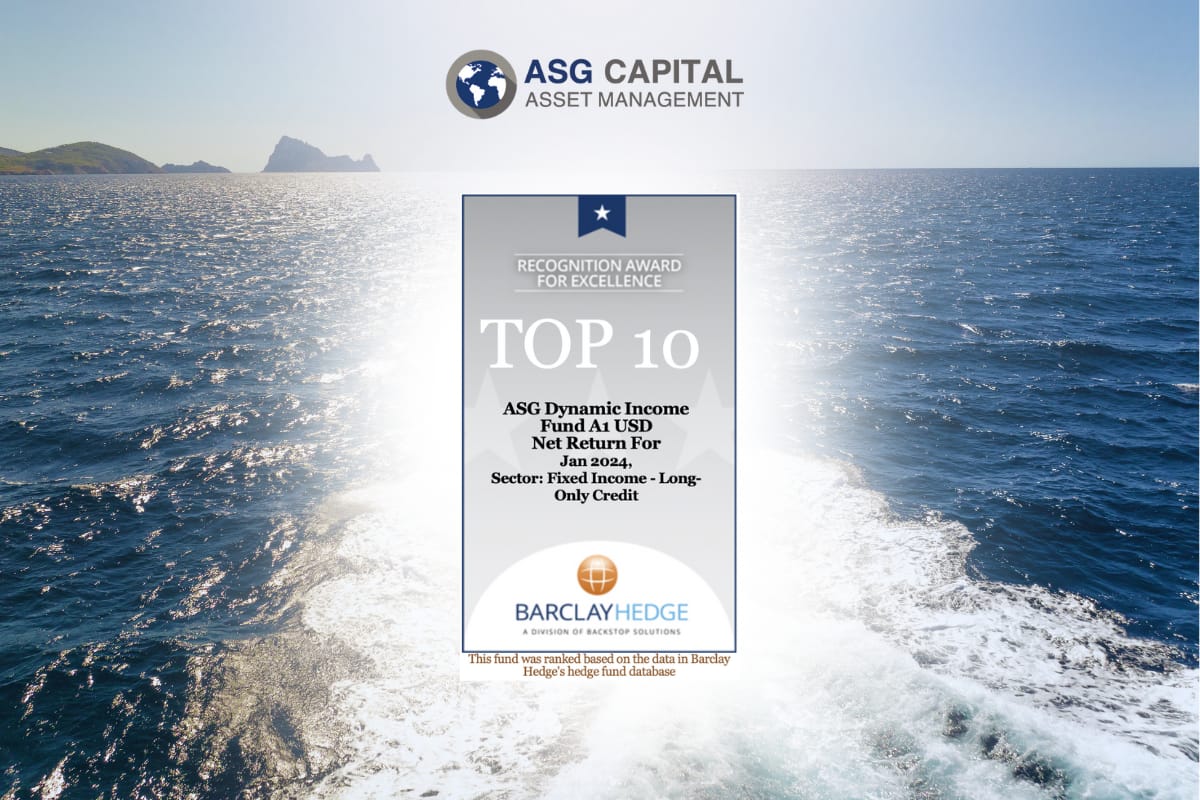In the Federal Reserve we trust?
Once again, the Chairman of the Federal Reserve (the Fed.), Mr Powell, confirms his determination to address inflation.
Are we talking about the same Mr Powell who outlined his intention to raise interests rates in November 2018 to change his mind a month later? Is this the same individual who claimed in 2021, inflation would be transitory? Are we talking about the same Mr Powell who underscored the Fed.’s mandatory objective of price stability, when the inflation print was already running far above this institution’s target?
Rather than taking Mr Powell’s at his word, let us focus on the facts. Federal Fund rates are still under 1%, when the inflation print is above 8%. For over a year now, prices have been rising. Yet, ‘Quantitative Easing’, a monetary support program, was only phased out in April 2022 and the ‘Quantitative Tightening’ has not even started…
The Inflation problem
Mr Powell confirmed the Fed.’s limited capacity to tame ‘supply side’ inflation, which, according to him, is primarily fueling the current price increases.
To address this ‘supply side’ issue, which has been on going since the March 2020 lockdowns, he outlined his intention to reverse the Fed.’s past monetary accommodation. This change in policy is to be considered as an effort to reduce aggregate demand. By his own admission, Mr Powell does not know whether or not acting on the demand side will address the dynamics of a ‘supply side’ inflationary problem.
In his effort to reduce demand, Mr Powell took away the possibility for a +0.75% rate increase, stating this was ‘off the table’ for now. This seems to be a somewhat ‘lukewarm’ approach in the light of the objectives previously expressed.
Interest Rates a blunt instrument. Anything else in the Fed. tool kit?
Interest rates are generally considered by analysts to be a blunt monetary instrument.
As the regulator of the banking industry, the Fed. could have chosen to control bank lending as a complementary policy action to calm inflation. This would have had the effect of limiting the present day ‘credit’ impulse driving consumption demand. Nothing has been said on this subject so far.
Talking Heads
Everyday almost, Fed. officials, past and present, give an opinion on where interest rates should rise to. This reminds me of my younger brother, who, as a child, would tell my mother he would tidy his room, and never did.
The Fed.’s narrative would have more impact if it was expressed more sporadically. These daily contributions add to the general noise on ‘possible’ policy action while blurring this institution’s message. Don’t actions speak louder than words?
Dual or Triple mandate
In his latest intervention, Mr Powell insisted interest rates would be increased beyond the ‘neutral’ rate (whatever that is) if necessary. This statement seems to be at odds with past policy.
If ‘price stability’ is now top of the agenda what can be said of the other official and unofficial mandates such as unemployment, or financial market stability?
It seems hard to believe how interest rates could be increased in an unconstrained manner within a highly levered economy ($90Trillion Public and Private debt) without any regard to the possible fall out this might cause.
If past policy is anything to go by, at the first sign of financial turmoil the Fed. has always ‘blinked’. Could it be different this time?
US Dollar the wrecking bull
The Fed.’s stance needs to be considered in the light of what monetary policy is being implemented elsewhere in the world, and its potential impact on the USD relative to other currencies.
International foreign exchanges are open markets. As such, world capital can move around the globe seeking the best returns. If American interest rates are comparatively high, and if the Fed. is perceived to be fighting inflation better than any other central bank, this may exacerbate the movement of capital going to the USD.
The EuroDollar market (USD trading outside of the United States) is currently starved of readily available liquidity. To cover their USD shorts, ‘foreigners’ are buying the American currency when they are unable to borrow it. The demand for USD outside of the US is therefore strong.
An aggressive Fed. policy could exacerbate this liquidity problem thereby putting further pressure on the EuroDollar system. In turn, this could unsettle global interconnected asset markets, as these same USD buyers sell whatever they can to cover their currency needs.
Dammed if you do Dammed if you don’t
It is always easy to criticize when one is not in the driving seat. One can appreciate the Fed.’s ‘steady as he goes’ approach to avoid upsetting large asset pools (Trillion dollar Asset Managers and Wealth Funds). However, one must question some of the choices currently being made.
Silence is ‘golden’. The current situation is complex. By its own admission, part of the dynamics is beyond any kind of Fed. control. One could argue it would therefore be more pertinent to have a less frequent and more measured communication. This used to be the case in the past.
The Chairman of JPMorgan, Mr Dimon, suggested a front-loading of policy action to address the current inflation spike. Even if the full impact of such a measure would be observed 6 to 24months down the road, he makes the point that the economy and financial markets would take on board this new monetary paradigm and move on.
As real negative rates persist, this provides an incentive to borrow. This ‘credit demand’ loophole could be easily plugged through targeted lending controls making access to borrowing more difficult. This policy tool could also be used to deflate asset prices in a more controlled way through the progressive reduction of financial market leverage.
We are now past the time to cry ‘inflationary Wolf’. Whatever the Fed. chooses to do: explicit narrative or a more reserved communication, hands on front loaded policy or a patient approach, aggressive action or measured interventions, as my mother would say ‘just get on with it’…


